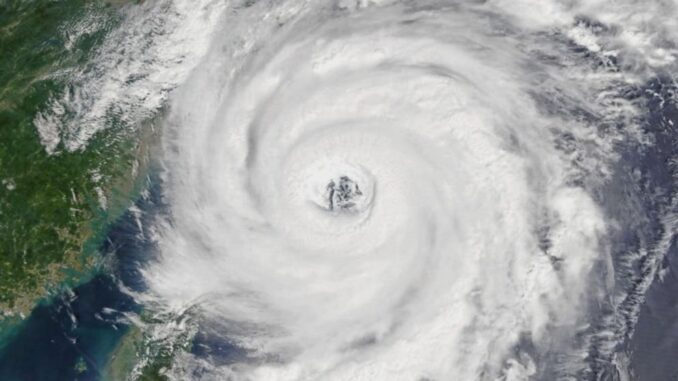
Jodie De Jesus ’21
As if 2020 hasn’t been chaotic enough––what with the global pandemic, racial justice movements, and presidential election––Typhoon Vamco has added to the long list of devastations this year. According to NASA’s Earth Observatory, Vamco first made landfall around midnight on November 11th in the Quezon province of the Philippines. With 90 to 100 MPH winds equivalent to a Category-2 hurricane, Typhoon Vamco, also known as Typhoon Ulysses, left millions without power, caused over 100,000 evacuations, and killed at least 50 people, with many others injured or missing. The storm continued west to the island of Luzon, where Metro Manila, the nation’s capital, experienced floods of massive proportions. In fact, a river in the nearby Marikina area reportedly rose over three feet in less than three hours. Heavy rains also caused dangerous rockslides in various parts of the country.
Though some were evacuated ahead of the storm, the majority of citizens had been under some form of COVID quarantine, when Typhoon Vamco hit. As a result, many people became trapped in their homes, which became submerged as water levels rose. Families were forced to seek shelter on their roofs, where they remained stranded for days as they awaited rescue. CNN reports that a total of over 25,000 houses and $9.7 million worth of infrastructure were destroyed by the typhoon.
However, as of November 23, the storm has died down and the people of the Philippines have started to look ahead to recovery efforts. It surely won’t be an easy task, but, with the aid and support of other nations, the country will be able to bounce back, just as it has from natural disasters in the past.